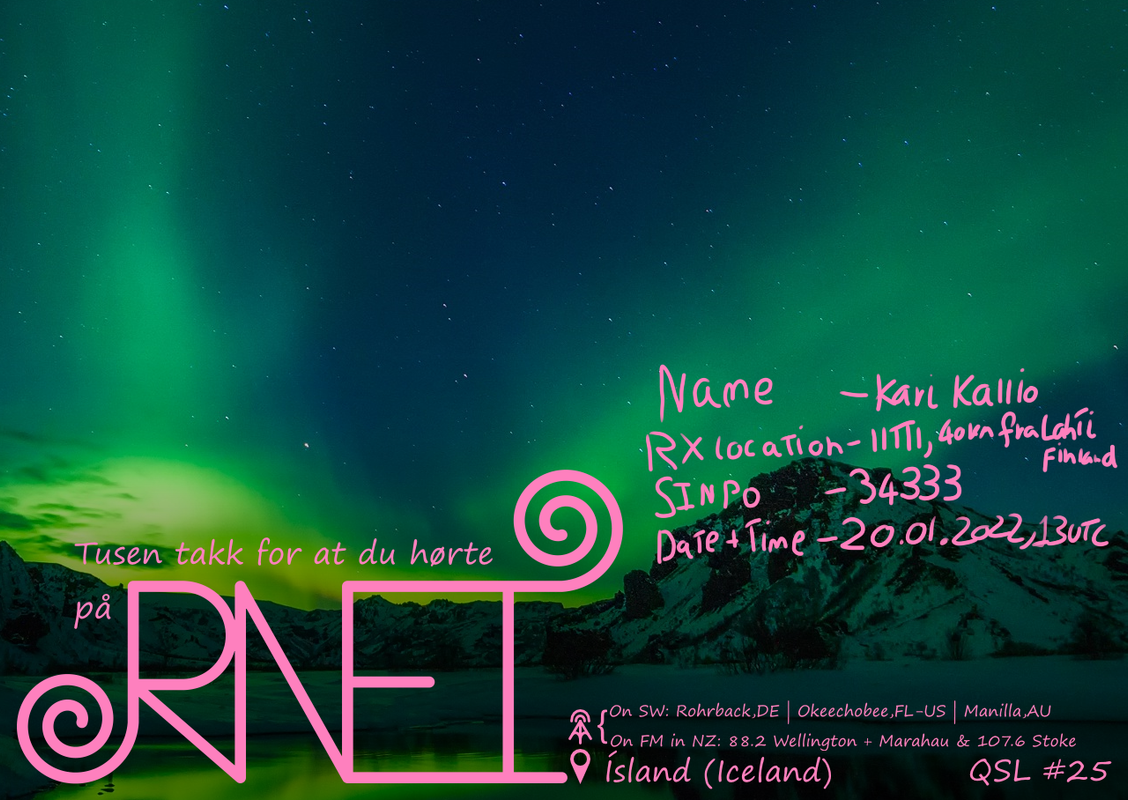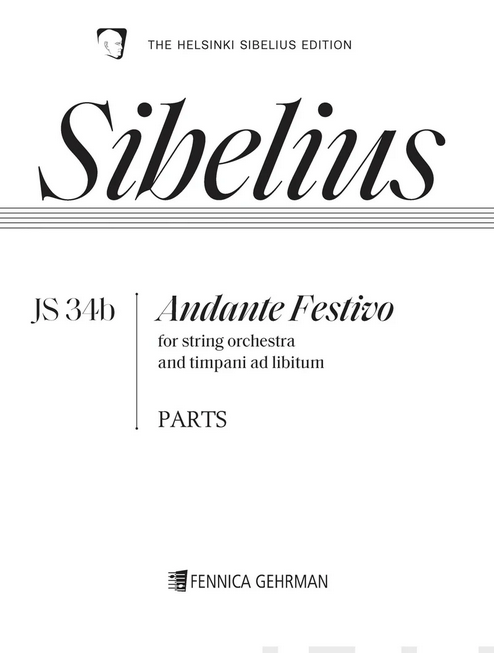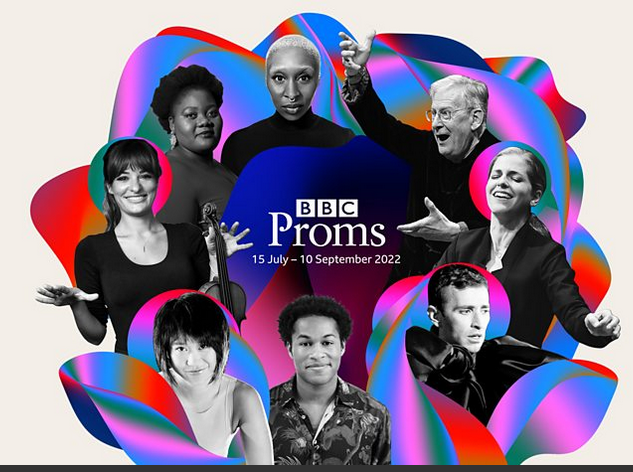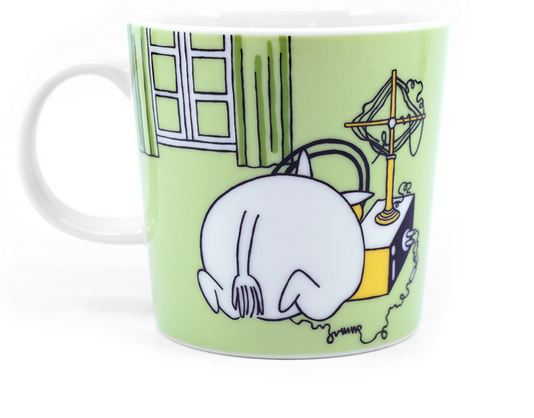https://www.youtube.com/watch?v=AVu-W0yWAy8
https://www.youtube.com/watch?v=1nmMytE__Dk
https://www.youtube.com/watch?v=CB9dSeb8lXw
https://www.youtube.com/watch?v=CfcVoxUy30k
https://www.youtube.com/watch?v=CezsO1gHx84
... lankaradion kautta kuunneltavissa aina...
https://tunein.com/radio/Radio-Mi-Amigo-International-s229422/
..mainioita julisteita...
https://www.instagram.com/radiomiamigointernational/?hl=fi
..kesätapahtumia biitsillä...
https://www.redtech.pro/radio-mi-amigo-djs-reunite-for-seaside-broadcast/
http://www.radiomiamigo.international/nederlands/news.html
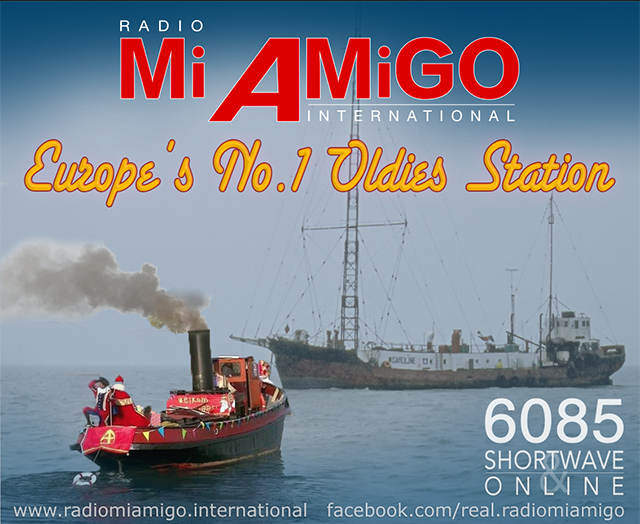
https://www.mixcloud.com/Radio_Mi_Amigo/shortwave-radio-event-of-the-year-2016-live-from-the-sendezentrum-in-kall-germany-3-hours/

https://www.youtube.com/watch?v=1nmMytE__Dk
https://www.youtube.com/watch?v=CB9dSeb8lXw
https://www.youtube.com/watch?v=CfcVoxUy30k
https://www.youtube.com/watch?v=CezsO1gHx84
... lankaradion kautta kuunneltavissa aina...
https://tunein.com/radio/Radio-Mi-Amigo-International-s229422/
..mainioita julisteita...
https://www.instagram.com/radiomiamigointernational/?hl=fi
..kesätapahtumia biitsillä...
https://www.redtech.pro/radio-mi-amigo-djs-reunite-for-seaside-broadcast/
http://www.radiomiamigo.international/nederlands/news.html

https://www.mixcloud.com/Radio_Mi_Amigo/shortwave-radio-event-of-the-year-2016-live-from-the-sendezentrum-in-kall-germany-3-hours/







